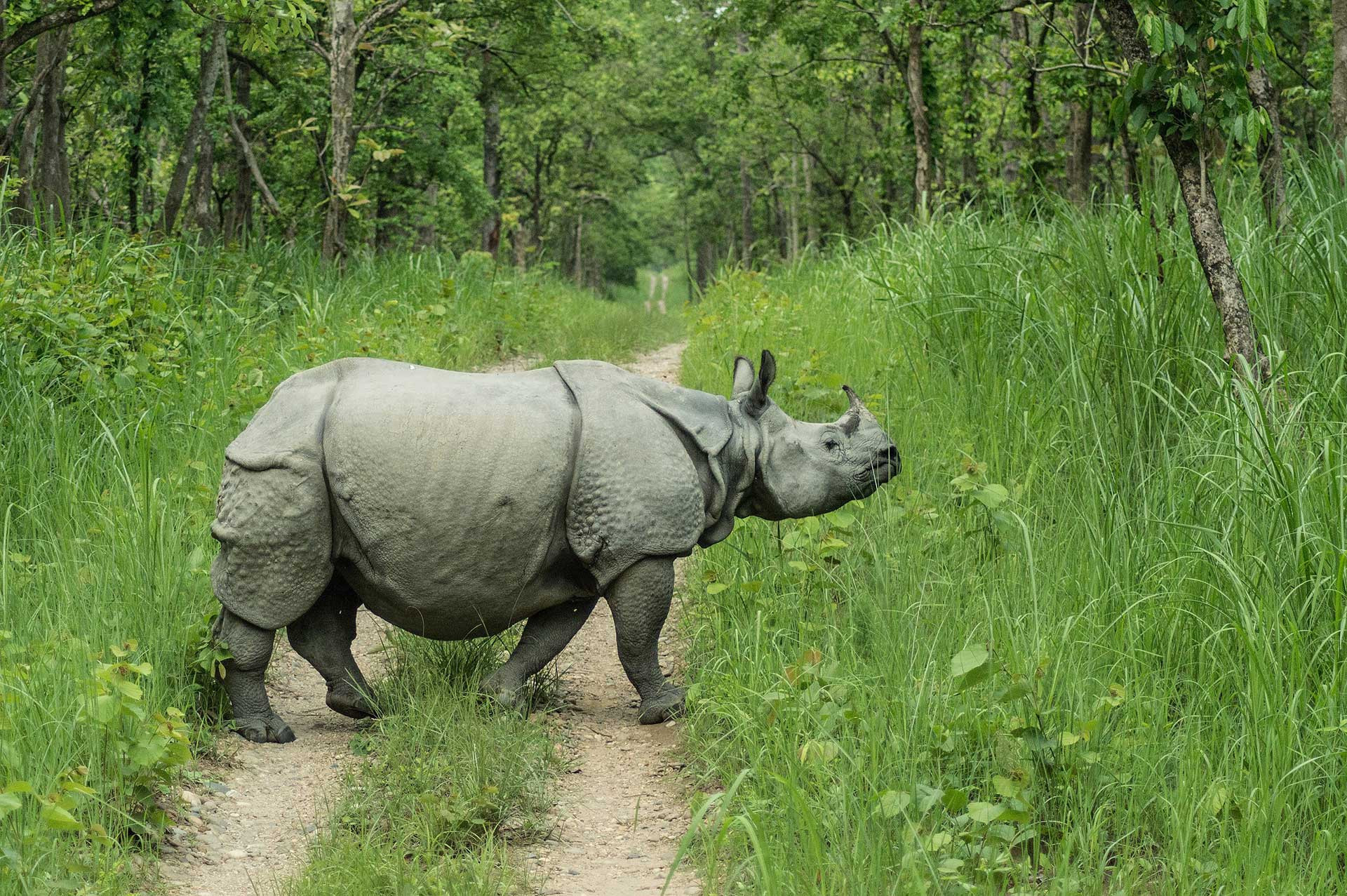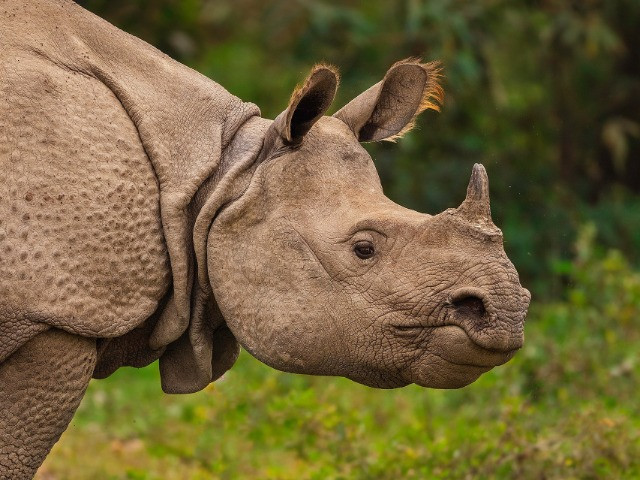National
One-horned Rhinoceros populations on the rise in the wild
According to the State of Rhino Report 2022 by the International Rhino Foundation, wild populations of the Greater One-horned Rhinoceros—found only in India, Nepal and Bhutan—have increased from 3,588 in 2018 to 4,014. Decisive action against poaching in conjunction with habitat creation has helped increase the population, revealed the report on the eve of International Rhino Day. “Poaching remains a threat, but authorities in India have had great success in significantly reducing poaching through intense security and strict enforcement of wildlife crime laws. In 2021, there was only one recorded poaching incident. There has been only one recorded incident in the first half of 2022 as well,” the State of Rhino Report 2022 stated.
Read more: One-horned rhino population crosses 4,000-mark | Deccan Herald
New study shows reduced SO2 concentration levels in the atmosphere in the last decade
A study conducted by IIT Kharagpur has found that there has been a significant drop in Sulphur Dioxide (SO2) levels in India in the last decade as compared to the previous three. Environmental policies and the adoption of effective control technologies such as 'scrubber' and 'flue gas desulphurisation' are responsible for the reduced SO2 levels, as per the study conducted by a team of researchers from the Centre for Oceans, Rivers, Atmosphere and Land Sciences (CORAL) of the institute. "Our analysis identifies Indo-Gangetic plain and central and eastern Indian regions as SO2 hotspots in India. Although there has been a relative reduction in SO2 levels in the last decade, its concentration is still very high in these regions. Therefore, we need to continue our efforts to reduce SO2 emissions in India, whether through innovative technologies or environmental regulations," said Vikas Kumar Patel, an author of the paper.
Read more: Significant drop in SO2 levels in India in last decade: IIT KGP study | The Hindu
Prohibited glue traps are a menace for wildlife in Mumbai
Two decades after the Animal Welfare Board of India (AWBI) banned the use of glue traps to capture and kill rodents, these contraptions are still commonly available in the country and are proving fatal for the wildlife in and around the Mumbai Metropolitan Region (MMR). As per the AWBI, the use of glue traps is a breach of the Prevention of Cruelty to Animals Act (1960). The Resqink Association for Wildlife Welfare (RAWW), a registered charitable trust that carries out wildlife rescues, has received at least 200 distress calls over the last two-and-a-half years and rescued various protected species that have gotten caught in these traps. "We have got multiple instances of Russell’s Vipers, Indian Rock Pythons, Indian Spectacled Cobras, eagles, owls, kingfishers and even monitor lizards. This is in addition to more common animals which do not have protection under the Act, like pigeons, bats, squirrels and frogs," said Pawan Sharma, founder of RAWW.
Read more: Glue traps turn menace for wildlife | Hindustan Times
More national headlines:
- Elephants re-colonise Bandhavgarh Tiger Reserve, helped by the local community | The Hindu
- As tourism grows in Leh, so does the concern about its environmental impact | Mongabay India
- ASI discovers 26 ancient caves in Bandhavgarh Tiger Reserve | The New Indian Express
You may also like to read
International
World's first open-source database of oil, gas and coal production and reserves launched
Carbon Tracker and Global Energy Monitor have launched the “first-ever fully transparent public database that tracks fossil fuel production worldwide.” Named the Global Registry of Fossils Fuels, the inventory includes data from more than 50,000 oil, gas and coal fields in 89 countries, covering 75 per cent of global production. It also includes previously disparate or hard-to-access data. According to the data, the United States and Russia have enough fossil fuel still underground and untapped that could generate 3.5 trillion tonnes of greenhouse gas emissions, which is more than all of the emissions produced since the Industrial Revolution. “We’re not kidding ourselves that the registry will overnight result in sort of a massive governance regime on fossil fuels. But it sheds a light on where fossil fuel production is happening to investors and other actors to hold their governments to account,” said Rebecca Byrnes, the deputy Director of the Fossil Fuel Non-Proliferation Treaty.
Read more: World’s first public database on fossil fuels launched | Al Jazeera
Top predators are making a comeback across Europe
Top predators like wolves, White-tailed Eagles and Brown Bears are making a comeback across the continent, according to the European Wildlife Comeback report, commissioned by Rewilding Europe. Their populations have increased by 1,800 per cent, 445 per cent and 44 per cent, respectively. “As a researcher working on global biodiversity and looking at global trends, it can be quite depressing hearing the latest statistics, but this report is really exciting, encouraging and inspires people like me to keep doing what we’re doing,” said Louise McRae from the Zoological Society of London (ZSL), one of the authors of the report.
Read more: Wolves and brown bears among wildlife making ‘exciting’ comeback in Europe | The Guardian








